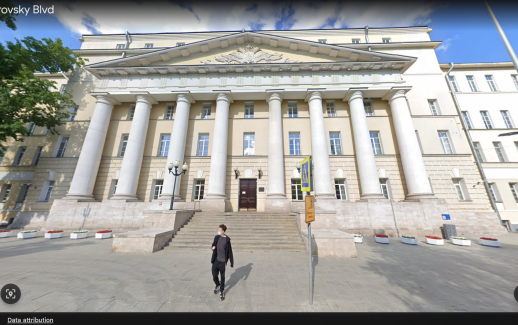The Situation We Find Ourselves In
The term “War-Peace Duality” implies a middle spectrum of risks and options for U.S. defense, security, and freedom between open kinetic war and peace abroad. Russia and China have been busy in this space while the U.S. focused on its global war on terror post-9-11.
Labels for this middle spectrum of risks and options have included “peaceful competition,” “strategic competition,” “shaping operations,” “active measures,” “gray warfare,” “covert action,” “hybrid warfare,” and “irregular warfare.” Precision terms matter less than the operators involved knowing what they’re doing, and that it will have a positive strategic impact for the United States and allies.
Here we will use the umbrella term “Strategic Operations” (S.O.), to cover all of the above or more, no matter who the operators are. These strategic operations may be military, civilian, human, technological, non-kinetic, kinetic, human-oriented, materiel oriented, passive, active, or otherwise modified by relevant adaptations. To specify, we add modifiers. The one constant is that this middle spectrum achieve or forward a positive strategic goal for national defense, security, and freedom.
Reality, Risks, Responses
Unchecked and unanswered, adversary S.O. against the United States and allies causes instability, loss, and damage. However, the U.S. can and will answer with its own S.O. to balance power with Russia and China. By utilizing S.O., the U.S. can help keep itself and its adversarial competitors from escalating toward world war and mutually assured destruction (MAD).
China and Russia are dismissing the components of the “rules-based international order” that do not suit their ambitions for territory, resources, and related power. That means they will not be showing up in court to let the administration of laws govern.
For over two decades China’s and Russia’s expansion strategies have included military and domestic preparations for war. To date their S.O. have contributed to, catalyzed, and or caused damage and loss to the United States, its people, and its allies.
Options between war and peace are more varied and palatable than all out war in the nuclear age, and more acceptable than acquiescence to a rising dictatorial tide. It is high time for the United States to surpass China and Russia in Strategic Operations capabilities, and effects in the middle spectrum.
Fear at the Core of Influence: Flashback to Example of KGB S.O. Against Russian People
In the 1927 USSR, the effects of Soviet S.O. were on display in the “Declaration on Recognition of the Soviet Regime” ostensibly written by Russian Orthodox Metropolitan Sergius (Stragorodsky) five years after the Red Terror, standing-in for the suddenly-deceased Patriarch of the targeted Russian Orthodox Church. Metropolitan Sergius himself had almost certainly been broken or forcefully coopted by the Soviet state:
And this, which caused many Russian Orthodox people to flee and choose exile outside of Russia:
The ultra-passivity and submission to the Soviet state shown in Metropolitan Sergius’s words suggests that after the Red Terror the Soviets used coercive, corruptive, and divisive S.O. against their own people to gain the strategic objective of controlling the Russian Orthodox Church and its influence over Russians.
Now the new Soviet regime of Putin and Xi’s imperial PRC are doing similarly to Americans, albeit using proxies and agents of influence as much as coercion abroad to collect autocratic axial partners to isolate, divide, and if possible, implode and own free nations.
Plenty of Room For Solutions in the 21st Century
Dualistic thinking about war and peace does not reflect the increasingly broad and deep instruments of power covered by Robert Gates in his acclaimed book and reference, Exercise of Power: American Failures, Successes, and a New Path Forward in the Post-Cold War World. A Penguin-Random House review summarized Gates’ view of U.S. transformation away from a once organized national security and defense: “Robert Gates argues that this transformation is the result of the failure of political leaders to understand the complexity of American power, its expansiveness and its limitations. He makes clear that the successful exercise of power is not limited to the ability to coerce or demand submission, but must also encompass diplomacy, strategic communications, development assistance, intelligence, technology, and ideology.”
Today, faced with adversarial dictatorial powers and proxy S.O., the gray battlefields invite creative American solutions and adaptations that lend themselves to free peoples’ defense, freedom, and security. This, with the understanding that in many cases, constitutional freedom itself is a core asset in achieving the sort of innovation, adaptation, and spirited defense associated with the best traditions of the United States.

